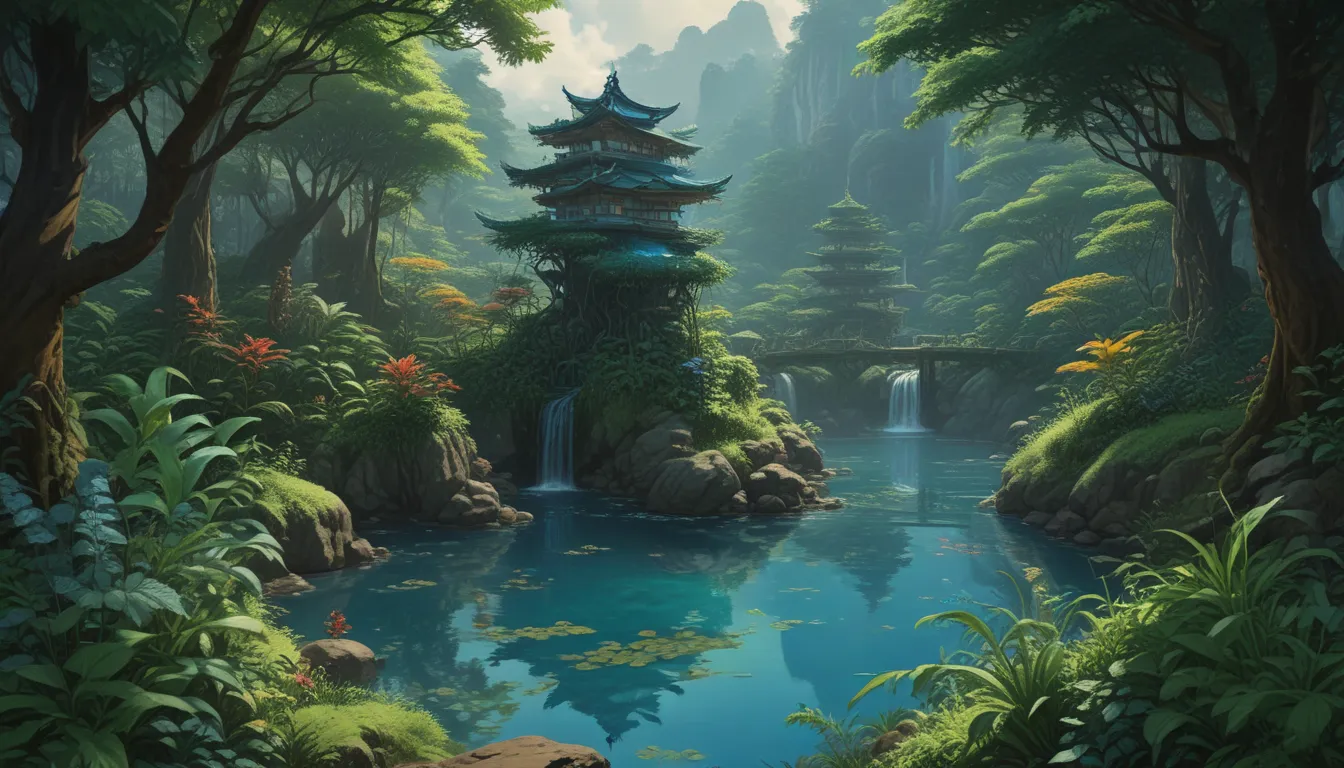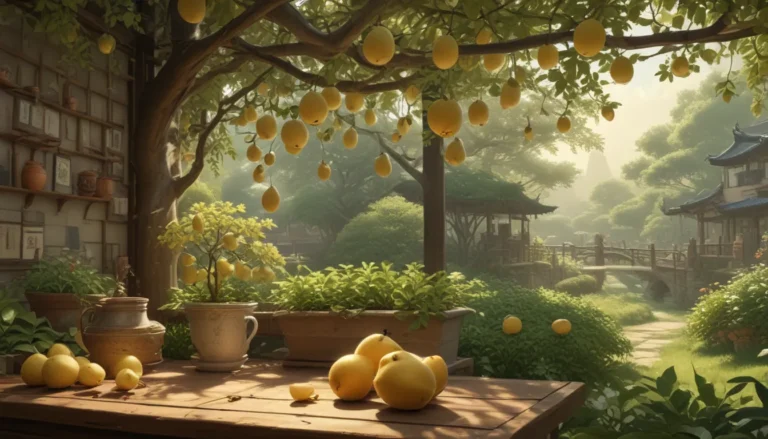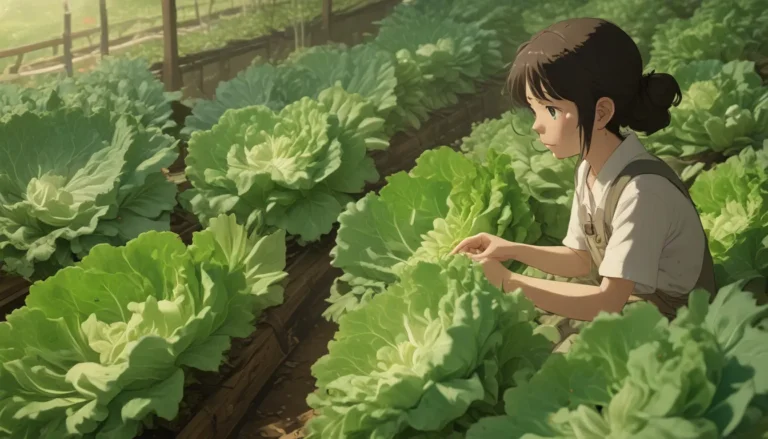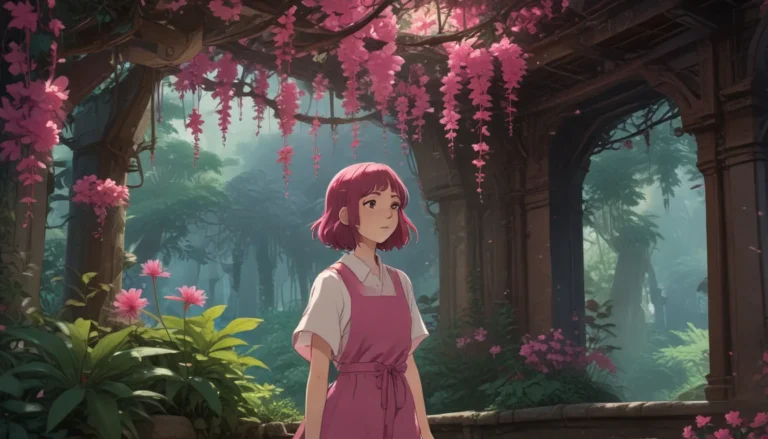The Ultimate Guide on Growing and Caring for Blue Ginger Plants

Blue ginger, scientifically known as Dichorisandra thyrsiflora, is the perfect blend of vibrant blooms and lush green foliage. Originating from southeastern Brazil, this plant is a striking addition to any garden. With its unique violet-blue flowers and glossy leaves, blue ginger is a stand-out botanical wonder that is both beautiful and easy to care for.
In this comprehensive guide, we’ll explore everything you need to know about growing and caring for blue ginger. From propagation methods to maintenance tips, we’ll cover all the essentials to help you cultivate a thriving blue ginger plant in your own garden.
What Is Blue Ginger?
Blue ginger, although commonly referred to as Alpinia galanga, is not related to the edible ginger plant. It belongs to the Commelinaceae family and is native to Brazil. Blue ginger features vibrant violet-blue flowers clustered in elongated groups and deep green lance-shaped leaves. The plant forms clumps through its rhizomatous root system, creating masses of foliage over time.
Cultivation and History
Blue ginger has a rich history that dates back to the 19th century when it was first described by Professor Johann Christian Mikan during an Austrian expedition to Brazil. Its popularity in cultivation grew over the years, earning prestigious awards for its aesthetic appeal. Blue ginger thrives in USDA Hardiness Zones 9 to 12 and is a favorite among gardeners for its striking flowers and easy care requirements.
Propagation
There are several methods to propagate blue ginger, including planting dormant rhizomes, rooting stem cuttings, division, or transplanting. Planting rhizomes horizontally in well-draining soil or water propagation for stem cuttings are common techniques. Division and transplanting are effective ways to multiply blue ginger plants or relocate them within the garden.
Propagation Methods:
– Planting dormant rhizomes horizontally in soil.
– Rooting stem cuttings in water.
– Dividing mature plants.
– Transplanting established plants.
How to Grow
Blue ginger thrives in partial shade with indirect light. It prefers well-draining soil with a pH between 6.1 to 7.5. Adequate watering to maintain soil moisture and occasional fertilization are essential for healthy growth. The plant can withstand brief periods of drought but requires regular care to thrive.
Growing Tips:
– Provide partial shade and indirect light.
– Ensure well-draining soil with the right pH.
– Maintain soil moisture for optimal growth.
Pruning and Maintenance
Regular pruning of dead leaves and spent flowers helps promote new growth and maintains the plant’s appearance. Mulching and occasional repotting for container plants are recommended for optimal growth and root health. Blue ginger is relatively low-maintenance but benefits from attentive care to ensure its longevity.
Where to Buy
Garden centers, nurseries, and online vendors offer blue ginger plants for purchase. Rhizomes and established plants are available for those looking to add this botanical beauty to their collection. Local plant swaps and online marketplaces are great resources for finding blue ginger plants for your garden.
Managing Pests and Disease
Preventing pests and diseases is essential for the health of blue ginger plants. Common pests like aphids, mealybugs, and scale insects can be managed using horticultural oils, pyrethrin treatments, and water sprays. Proper plant hygiene and watering practices help prevent diseases like root rot, caused by overwatering and poor drainage.
Common Pests and Diseases:
– Aphids
– Mealybugs
– Scale Insects
– Root Rot
Best Uses
Blue ginger plants are ideal for grouping together in large colonies or as specimen plantings for visual impact. They can be grown indoors as houseplants or used in floral arrangements for their vibrant blooms. Blue ginger’s clump-forming habit lends itself well to mass plantings and displays, making it a versatile addition to any garden.
Quick Reference Growing Guide
- Plant Type: Herbaceous flowering perennial
- Flower/Foliage Color: Violet blue/deep green
- Native to: Brazil
- Tolerance: Brief drought, humidity, root bindage
- Hardiness (USDA Zone): 9-12
- Maintenance: Moderate
- Bloom Time: Summer to fall
- Water Needs: Moderate
- Exposure: Part shade
- Soil Type: Fertile
- Time to Maturity: 3-6 years
- Soil pH: 6.1-7.5
- Planting Depth: Depth of root system, 1-2 inches (rhizomes)
- Soil Drainage: Well-draining
- Spacing: 18-36 inches
- Attracts: Bees
- Height: 3-8 feet
- Uses: Grouping/massing, houseplant, specimen, cut arrangements
Blue ginger is a stunning addition to any garden, offering vibrant blooms and lush foliage that are sure to capture attention. Whether grown indoors or outdoors, this plant is a tropical showstopper that requires moderate care and attention. By following the tips outlined in this guide, you can cultivate and care for blue ginger plants successfully, adding a touch of exotic beauty to your garden. Remember to comment below with any questions or feedback on growing and caring for blue ginger plants!





